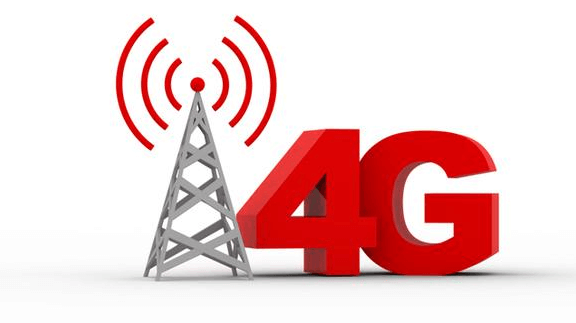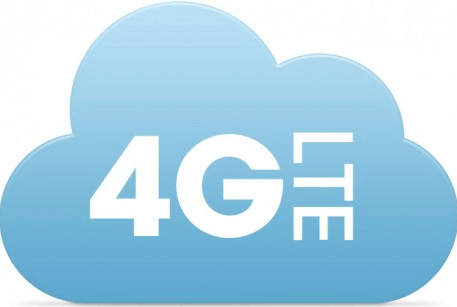The growing of telecommunication networking is getting rapid by day. It is like yester day we are introduced to 3G and HSDPA network, today the implementation of 4G LTE is almost covers the entire nation. And even before this fourth generation of mobile network completely penetrates into the society, there’s already issue toward the development of 5G.
Of course, this news toward 5G is quite shocking. This is because most of the nation is not ready yet for applying it. Especially on the facility, many nations are not ready yet to build the facility for this recent generation of network. Therefore, this application of it is still being debate in around the world.
However, the development of 5G should not be a problem. Eventually, it will bring good to people realize it or not. And now we are not going to talk about 5G anymore since we already talked about it in the previous article (5G Network, Faster than the Fastest Mobile Network).
But, we are going to talk about the previous version of it, 4G LTE. The only reason for choosing this topic is that this fourth network is still interesting to be discussed.
Further, in some areas, this technology is not fully implemented yet. That’s why it is still quite strange for some people. So, let’s get down to business, this is it, the introduction of 4G LTE.
Introduction to 4G LTE

Many people try to generalize between 4G, LTE, and 4G LTE. But, they are actually different. 4G LTE doesn’t really represent the 4G technology itself. It is term used by LTE technology for the purpose of marketing. What is defined as 4G is actually the fourth generation of wireless and mobile telecommunication.
Further, to be complied with applied standard, 4G technology need to provide IIMT advanced and ITU capabilities. With these standards, the network can be applied in several kinds of electronic devices. They are 3D TV, HD mobile TV, Video Conference, IP telephone, Mobile web access, and gaming service.
Before having standard system, 4G network has at least two candidates. They are Mobile WiMAX system and Long Term Evolution system (LTE) system. Mobile WiMAX was developed in South Korea, while LTE was previously developed in Europe (Stockholm, Sweden and Oslo, Norway).
It’s become a long debate to decide which system should be the standard of 4G technology. And after a long consideration, LTE is commonly known to represent the fourth generation of wireless mobile telecommunication services. And it is generally accepted since there are more manufacturers that produce their telecommunication device under this system.
What is 4G LTE

LTE stands for Lang Term Telecommunication. This is a standard of wireless communication with high level of speed specialized for data terminals and mobile phone. This network is running based on the UMTS/HSPA and GSM/EDGE technology.
This system increases the capability of its basic network (GSM, EDGE, UMTS, and HSPA) by employing radio interface. In some nations, the allowable bands for LTE network are different.
So, there’s only few LTE bands are supported in certain areas. And as stated before, LTE technology is marketed using the tagline 4G LTE. But however, to be complied with the 4G standard, LTE should follow the standards in 8 and 9 documents series of 3GPP.
Needs to Obtain SDPPI Type Approval before distributed to Indonesia
The development of 4G LTE technology is getting rapid. Almost every telecommunication brand nowadays providing this kind of services. But, before distributed this technology into certain countries, this technology should follow the current regulation of those countries.
And for Indonesia, the regulation of telecommunication device is regulated by Indonesian Ministry of Communication and Informatics. Further, 4G LTE employs radio frequency to get work. It means that this technology is included to post and telecommunication device.
And based on the Indonesian regulation No. 18 2014, every communication device that still being produced, assembled, used and traded in Indonesian territory, is mandatory to have type approval certification.
In closing, for all manufacturers of 4G LTE device, you need to pay more attention to this. Before marketing your 4G product in Indonesia, don’t forget to obtain SDPPI Approval first. It is all done to make your products well distributed and not facing any problem in its marketing process.
Lastly, we hope this article will be useful in helping you understanding the world of 4G. And also, if you have any opinion about this technology, we are inviting you to put your thought in the comment section below. Read more about SDPPI Approval Services.



